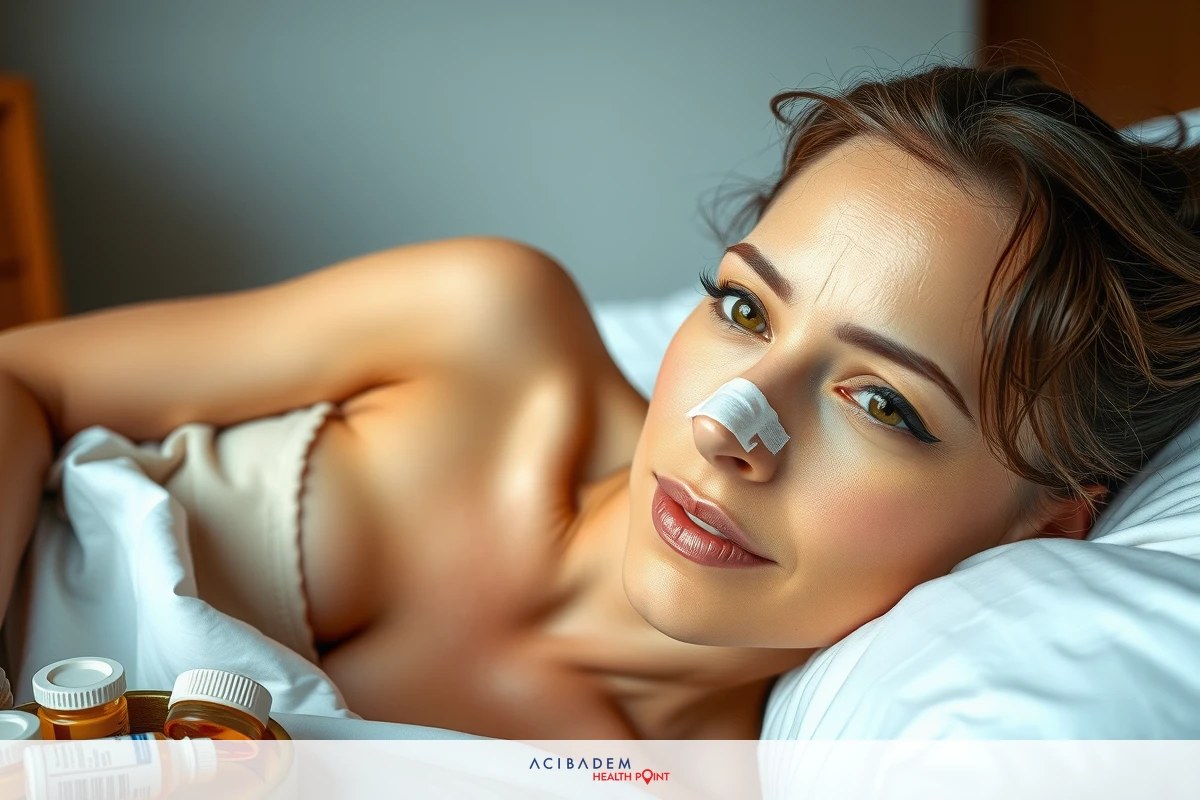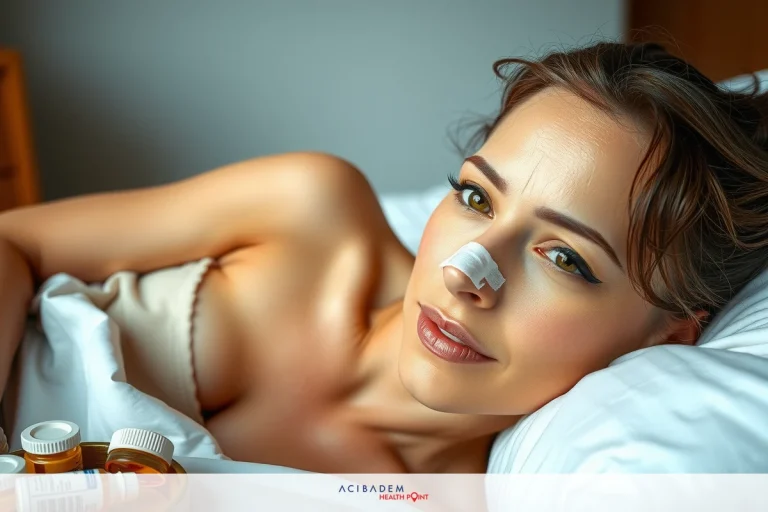How Long Does Swelling Last After Open Rhinoplasty
How Long Does Swelling Last After Open Rhinoplasty Open rhinoplasty, often leaves patients with swelling. This normal part of the healing process can cause anxiety due to its impact on appearance and breathing comfort. The duration varies widely among individuals, influenced by factors such as surgical techniques used, individual healing rates and adherence to post-operative care recommendations.
Managing this swelling effectively is crucial for a smooth recovery journey. Patients typically observe noticeable improvements within weeks but minor residual swelling may persist up to a year or more in some cases. Be patient; full recovery takes time. To expedite the process, your surgeon may suggest specific strategies like cold compresses or elevation during sleep.
Swelling After Open Rhinoplasty
Swelling is an integral part of the healing process following open rhinoplasty, a surgical procedure that reshapes the nose. This swelling is due to tissue trauma experienced during surgery and serves as a protective response from your body. It can affect areas surrounding the nose, including cheeks and eyes, intensifying in the first few days post-surgery.
In most cases, you’ll notice a significant reduction in swelling within two weeks after surgery. Some degree of subtle swelling may linger for several months or even up to one year based on individual factors such as health condition or lifestyle habits like smoking which can slow down healing time. Sometimes it might feel like recovery is taking forever but remember that patience plays an essential role at this stage.
To cope with this swelling effectively, patients are often advised to maintain certain sleep positions such as elevating their head higher than their heart while lying down. Staying hydrated helps too! You’re encouraged to drink plenty of fluids unless directed otherwise by your doctor because hydration aids in reducing inflammation throughout your body – yes; it’s not just about keeping your skin glowing! Alongside these measures, frequent follow-ups with your surgeon will ensure any concerns related to post-operative care get addressed promptly making sure you’re well on track for recovery.
Duration of Swelling
The timeline for swelling reduction post-open rhinoplasty varies greatly from patient to patient, making it challenging to provide a definitive timeline. However, understanding the general phases can be beneficial. The most intense swelling typically subsides within the first two weeks following surgery. This period is often characterized by visible puffiness around the nose and eyes but don’t worry; this stage passes fairly quickly!
After about four weeks, you may notice further improvements as your body continues its healing process actively. By this time, approximately 60% to 70% of the initial swelling should have resolved in most individuals undergoing open rhinoplasty. It’s important to note though that some residual inflammation might still linger beyond this point – not prominently noticeable but could affect final results.
This brings us to the long-term phase which extends beyond six months and even up till one year or more in some cases! During these months, gradual yet consistent progress marks each day leading towards full recovery eventually. But remember that subtle changes occur at a slow pace now so patience becomes your best companion along this journey towards achieving desired aesthetic outcomes after open rhinoplasty.
Managing Swelling During Recovery
Post-operative care plays a pivotal role in how well and quickly you recover from an open rhinoplasty. A major part of this involves managing the inevitable swelling that accompanies the procedure. Implementing specific

strategies may help reduce swelling, promote healing, and lead to more comfortable recovery.
Elevation: Keeping your head elevated above your heart level while resting or sleeping can significantly minimize post-surgical inflammation.
Cold Compresses: Applying cold compresses around (never directly on) your nose can soothe the area and reduce puffiness especially during initial days following surgery.
Hydration: Consuming adequate fluids helps keep tissues healthy thus aiding in faster healing. It also keeps dryness at bay which otherwise could be an issue with mouth breathing due to nasal packing.
Nutrition: Eating a balanced diet rich in vitamins such as Vitamin C known for its wound-healing properties contributes positively to overall recovery time.
Avoid Strenuous Activities: Engaging in intense physical activities too soon after surgery might exacerbate swelling and slow down recuperation – so take it easy!
Remember, everyone’s body reacts differently to surgical procedures like open rhinoplasty; therefore, these guidelines are not ‘one size fits all’. Always consult with your surgeon for personalized advice tailored specifically for you!
Frequently Asked Questions
What causes swelling after open rhinoplasty?
Swelling is a natural response of your body to the trauma caused by surgery. It's part of the healing process where your body sends more blood and fluid to the site for protection and repair.
How long does it take for swelling to go down completely after open rhinoplasty?
While most visible swelling subsides within a few weeks, residual inflammation may persist up to one year or even longer in some cases. The exact duration varies greatly among individuals based on several factors including personal health condition, surgical technique used, and adherence to post-operative care instructions.
Can I do something at home to reduce the swelling faster?
Yes! There are measures you can implement such as keeping your head elevated while sleeping, applying cold compresses around (not directly) your nose area and staying well hydrated. All these strategies contribute towards reducing inflammation thus aiding recovery.
Are there any signs that my swelling isn't normal?
If you notice severe pain, increased redness or heat around the surgical site along with sudden onset of high-grade fever - get in touch with your surgeon immediately! These could be indicators pointing towards infection which needs immediate medical attention.











